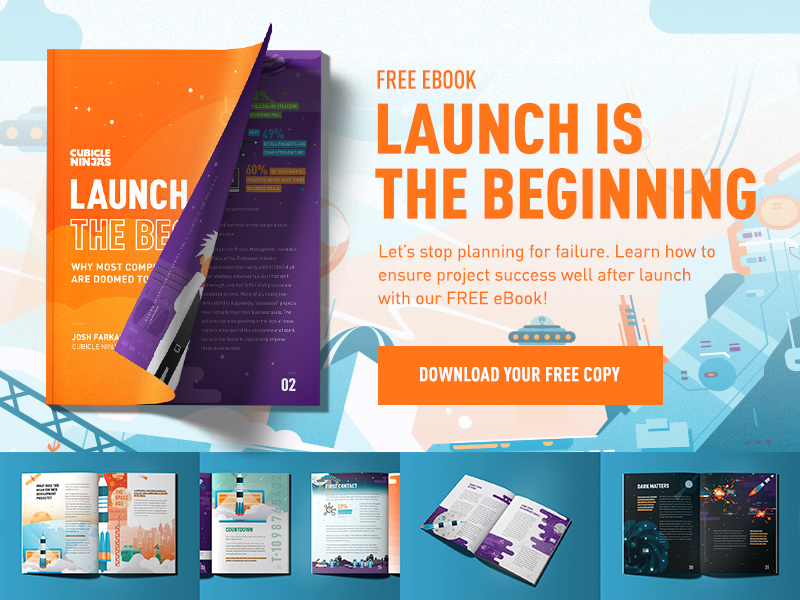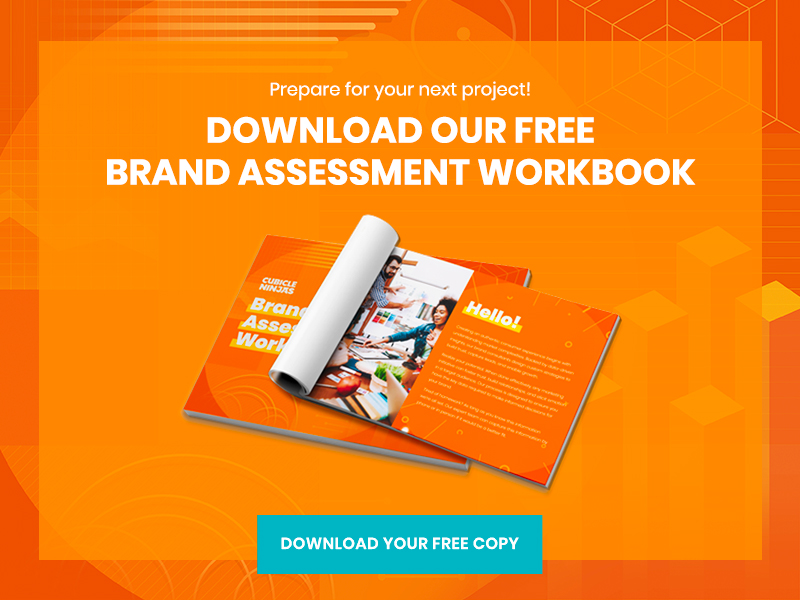
Redesigning your website? Here’s the top 7 things to keep in mind.
1. Define your purpose for the site and the target audience.
Your design, navigation, and content should be driven by a purpose that aligns with your audience and their goals.
2. It’s mobile-friendly or bust.
Mobile devices continue to climb year-over-year indicating that more users are searching while on the go. Plus, with Google’s latest algorithm, your site must be mobile-friendly or it gets punished through lower search results.
3. Snoop.
The best way to get inspired is to pretend you’re a gumshoe. Gather secret intel on the competition’s websites, websites in other industries, or even your favorite brand’s websites. A few minutes of searching can inspire new directions or innovative ways to showcase tired content.
4. Most important investment: time.
The number one challenge businesses face in rebuilding a website is not devoting enough time to it to make it successful. Your investment of time should be equal to your monetary investment. It is never too early to have copy and research ready.
5. Get creative!
Don’t be afraid to do something different from your competition. Your website is your face to the world. Why not standout from the crowd with something totally different than your industry?!
6. Create a timeline with realistic deadlines.
Keep in mind that you will be driving the project in terms of making final decisions, delivering content, and providing overall direction to your website development team. Be fair, be flexible, and be realistic when reporting back to your manager on when you’ll be able to realistically deliver each stage of your new website.
7. Be flexible.
A good website is always changing. New content is added based on user feedback or fresh articles provided to encourage new conversations. Understand that designing a website isn’t something you do once and forget, it is a successful ongoing process.
Ready to get started on your new website? We can help!














It’s great to put emphasis on these areas when thinking of designing a website. Website design is not an easy process, it eats up a lot of creative juices, patience, understanding and time. Since a website is a company’s face in the world wide web, it should speak your business and your end goals. It’s not as easy as just following the trend and being one of the cool guys who designed their own website according to what’s in. Functionality is also key when designing a website. Buttons must be properly placed, calls to action, and landing pages must all be properly placed.
I agree, time should be the number one aspect you devote to making your new website. As the article points out, it is best to equal the amount of time you put into the website with the amount of money your willing to spend on it. After all, you need to do all kinds of research on what your clients want out of your site and what you can actually implement.
What about keywords? No mention of that here? How to achieve Seo optimization? (Where it gets too ranking?)
I have a website using one platform for 15 years. A gal who’s helping me redo it wants to use a different platform . Will I lose my ranking?
Great questions!
Our hope with this article was to flag a few of the high-level thoughts we wish more teams had in mind while taking on a website redesign. But with something this large you will often hundreds of smaller, yet each equally vital tasks.
On-site SEO optimization is an essential part of the process! As search volume increases year over year, targeting the right keywords has become just as important an art as the design or code behind the page.
In regards to your specific question on changing platforms, a successful rollout strategy shouldn’t negatively impact your ranking, as long as this is a modern content management system. But it is something to be very cautious of during this transition. Be sure they focus on maintaining the keyword of successful pages, replacing/removing less successful keywords, aligning title text and page URL, properly remapping old links, and working to avoid moving pages with a high number of links. Any one of these not kept in mind can cause problems with a successful transition to a fresh CMS.
That’s good one. Time should be invested as equal as an investment.